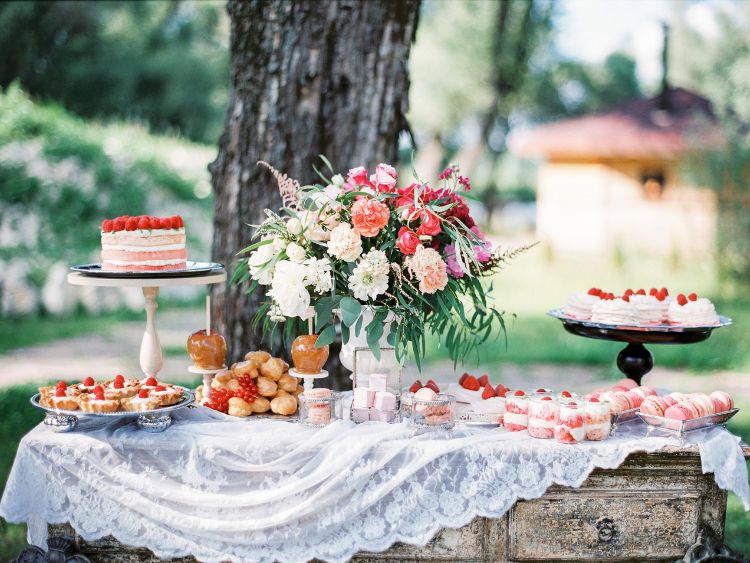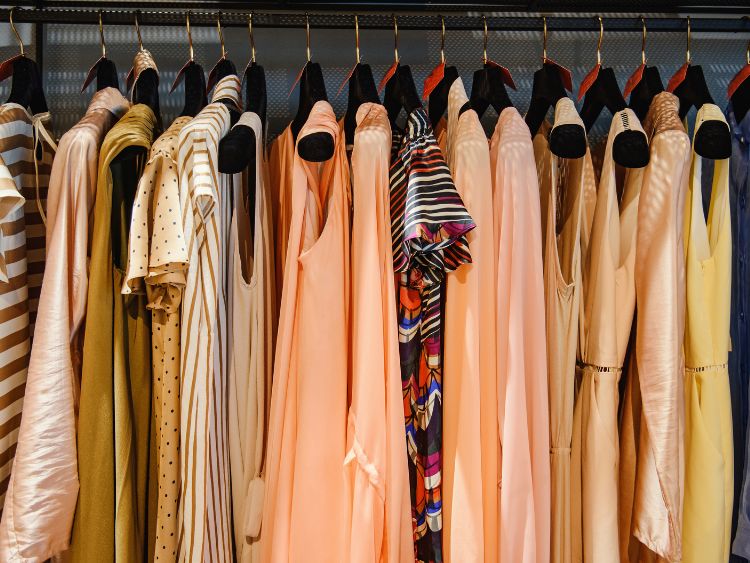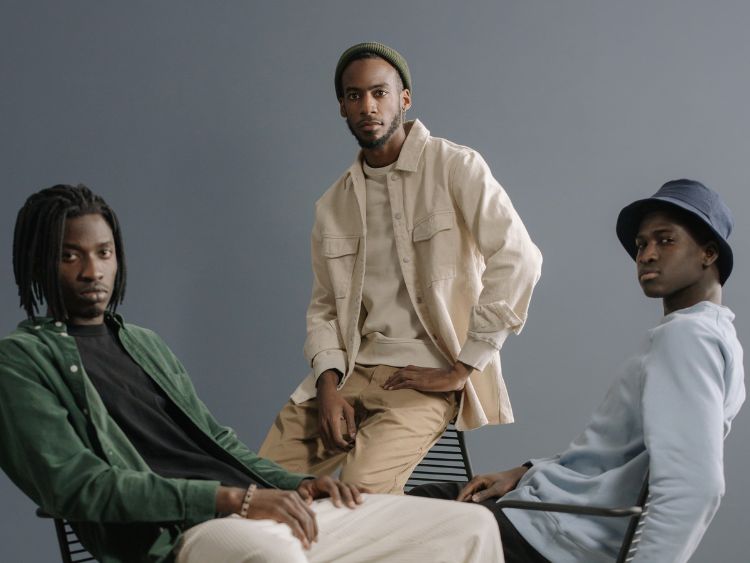Ah, the formal dress code! It’s that elusive term that strikes equal parts excitement and panic into the hearts of many. Whether you’re dressing for a wedding, a corporate gala, or a black-tie event, understanding formal attire can feel like cracking a secret code. But don’t worry, we’ve got your back! In this guide, we’ll unravel the mystery behind formal dress codes, help you navigate the rules, and even toss in a few style tips so you’ll never feel out of place again.
What Does Formal Dress Code Actually Mean?
At its core, the formal dress code refers to a specific set of clothing standards meant for elegant occasions. It typically involves tailored suits, gowns, or other polished outfits that exude sophistication. But, as you might guess, not all formal events demand the same level of formality—think black tie, white tie, or business formal.
So, how do you decode what’s expected? Let’s dive into the details!
Types of Formal Dress Codes
Formal attire isn’t a one-size-fits-all concept. The type of event and its cultural norms often dictate the level of formality required. Here’s a quick breakdown of the most common formal dress codes:
1. White Tie
The most formal of all! If you’re attending a white-tie event, prepare to go all out.
- Men:
- Tailcoat
- White vest
- White bow tie
- Patent leather shoes
- Women:
- Full-length evening gowns
- Opera gloves (optional, but oh-so-classy!)
2. Black Tie
Slightly less formal than white tie but still plenty glamorous.
- Men:
- Tuxedo
- Black bow tie
- Formal dress shoes
- Women:
- Floor-length gowns (cocktail dresses may work for semi-formal events)
3. Business Formal
Think corporate events, high-stakes meetings, or award ceremonies.
- Men:
- Dark-colored suit
- Dress shirt and tie
- Polished leather shoes
- Women:
- Tailored pantsuits or knee-length dresses
- Closed-toe heels
4. Cultural Formal
Sometimes, formal dress codes align with cultural traditions. For example:
- Indian weddings often call for sarees or sherwanis.
- Traditional Japanese ceremonies may require kimonos.
How to Dress for a Formal Event
Key Tips for Men
- Invest in a Tailored Suit: Ill-fitting attire can ruin your look. A well-fitted suit screams sophistication.
- Know Your Fabrics: Wool and velvet are great choices for cooler months, while linen and lightweight blends work better in summer.
- Accessorize Smartly: Add a pocket square, cufflinks, or a sleek watch for that extra flair.
Key Tips for Women
- Choose the Right Length: When in doubt, opt for floor-length gowns. They’re universally appropriate for formal events.
- Stick to Neutral or Jewel Tones: These colors rarely go out of style and complement most skin tones.
- Comfort Matters: Don’t sacrifice comfort for style—especially with shoes. A sleek pair of block heels can be a lifesaver!
General Do’s and Don’ts
- Do Pay Attention to Details: Well-ironed clothes, polished shoes, and clean nails are non-negotiable.
- Don’t Overdo Accessories: Less is more when it comes to jewelry for formal events.
Formal Dress Code Staples
Here’s a handy checklist of formal wear essentials for your wardrobe:
For Men
- A classic black suit
- Crisp white dress shirts
- A black bow tie and regular tie
- Leather dress shoes
For Women
- A versatile black gown
- Nude or black heels
- A clutch bag
- Minimalist jewelry (think pearls or diamond studs)
FAQs
1. What’s the difference between black tie and business formal?
Black tie is more glamorous and usually involves tuxedos and gowns, while business formal leans more towards professional attire like suits and tailored dresses.
2. Can I wear a short dress to a formal event?
It depends! For black-tie events, stick to floor-length dresses. However, semi-formal occasions may allow for cocktail-length dresses.
3. Are open-toe shoes acceptable for formal attire?
Generally, closed-toe shoes are preferred, but stylish open-toe heels can work for less conservative events.
4. Do I need to wear gloves for a white-tie event?
Gloves aren’t mandatory but add a touch of elegance to your ensemble.
5. What should I avoid when dressing formally?
Avoid overly casual items like sneakers, denim, or loud prints.
Conclusion
Mastering the formal dress code doesn’t have to feel like rocket science. By understanding the nuances of different formal occasions and sticking to timeless wardrobe staples, you can confidently dress to impress every time. So the next time you see “formal attire required” on an invitation, you’ll know exactly what to do—and look fabulous doing it!
Authoritative Resources
- White tie and black tie etiquette: www.etiquetteguide.com
- Style tips for formal attire: www.gq.com
- Best gowns for formal events: www.vogue.com



